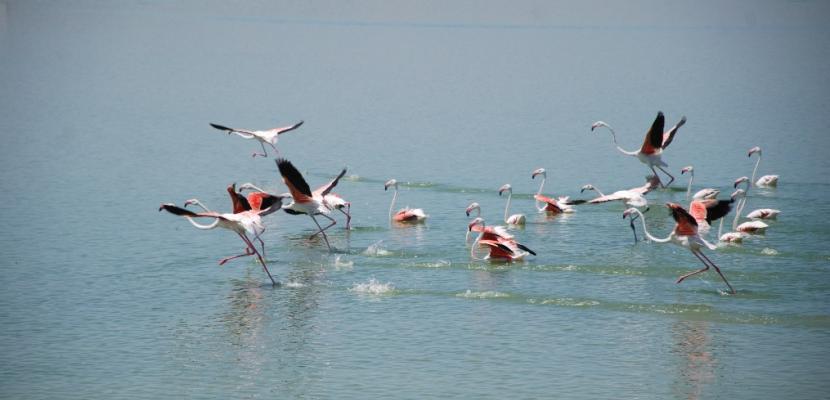
Reutilization of treated waste water

About this good practice
CLC meets part of its need for water supply by reutilizing treated wastewater pumped from the San Jeronimo Sewage Plant owned by EMASESA (public water supply and treatment company for the city of Seville).
The water is pumped to CLC during seven months of the year in a 18km-long buried pipeline running between the Sewage Plant to the CLC site, where it has two end uses:
1. Part of the water is given a physical-chemical treatment so its characteristics meet those required for the processing the mineral in the hydrometallurgical plant. Hence, the CLC industrial plant covers part of its water needs using treated wastewater.
2. The rest of the water is pumped to a wastewater regenerating facility on the CLC site for further treatment to obtain a water quality suitable for reincorporation to the public groundwater resource by reinjecting it at depth underground (environmental purpose).
In the CLC wastewater regenerating facility, the water undergoes treatment using chlorination followed by ultrafiltration.
The water from the Sewage Plant is stored in the CLC site in a pond called the Primary Supply Pond (PSP) before reutilization. The PSP has a capacity of 1.3 Hm3 and occupies a total surface area of 40 hectares.
Thanks to the water reutilization activity, a major accomplishment has now been of achieve
Expert opinion
With the increasing impacts of climate change, several EU countries are suffering from droughts, with at least 11% of Europeans being affected by water scarcity. Reusing water from urban wastewater treatment plants can ensure a safe and predictable source of water, whilst lowering the pressure on water bodies and enhancing the EU’s ability to adapt to climate change. Reusing water after appropriate treatment extends its life cycle, thereby preserving water resources. This good practice shows such example of water reuse. The Water Reuse Regulation establishes harmonised minimum water quality requirements for safe reuse of treated urban wastewater in agricultural irrigation, the benefits of this approach ensure not only reuse of water, but also of the nutrients. In any case, this good practice provides an interesting example of a symbiotic exchange between a public water supply and treatment company and an open-pit mine. Similar approach could be adopted with any other type of an industrial or agricultural facility.
Resources needed
• Operating cost: 40.000 – 50.000 €/year.
Evidence of success
Recharging the aquifer by direct injection contributes to raising the piezometric level of the groundwater system in those areas where this may be necessary, as well as signifying the storage of water for potential future use. The positive environmental aspects are: capacity of aquifers to store water both in rainy and winter periods; boost the recovery of wetland areas associated wit
Potential for learning or transfer
Further information
Website
Good practice owner
You can contact the good practice owner below for more detailed information.
COBRE LAS CRUCES, S.A.U.

